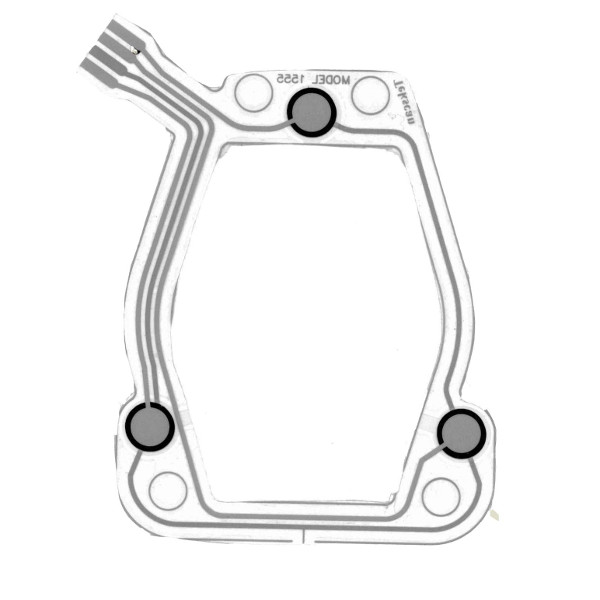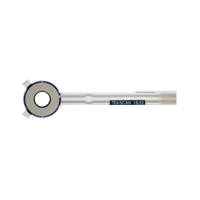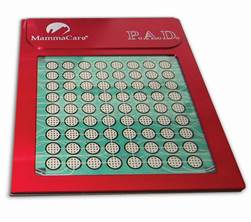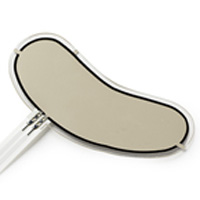Start on the Path to Sensor Customization
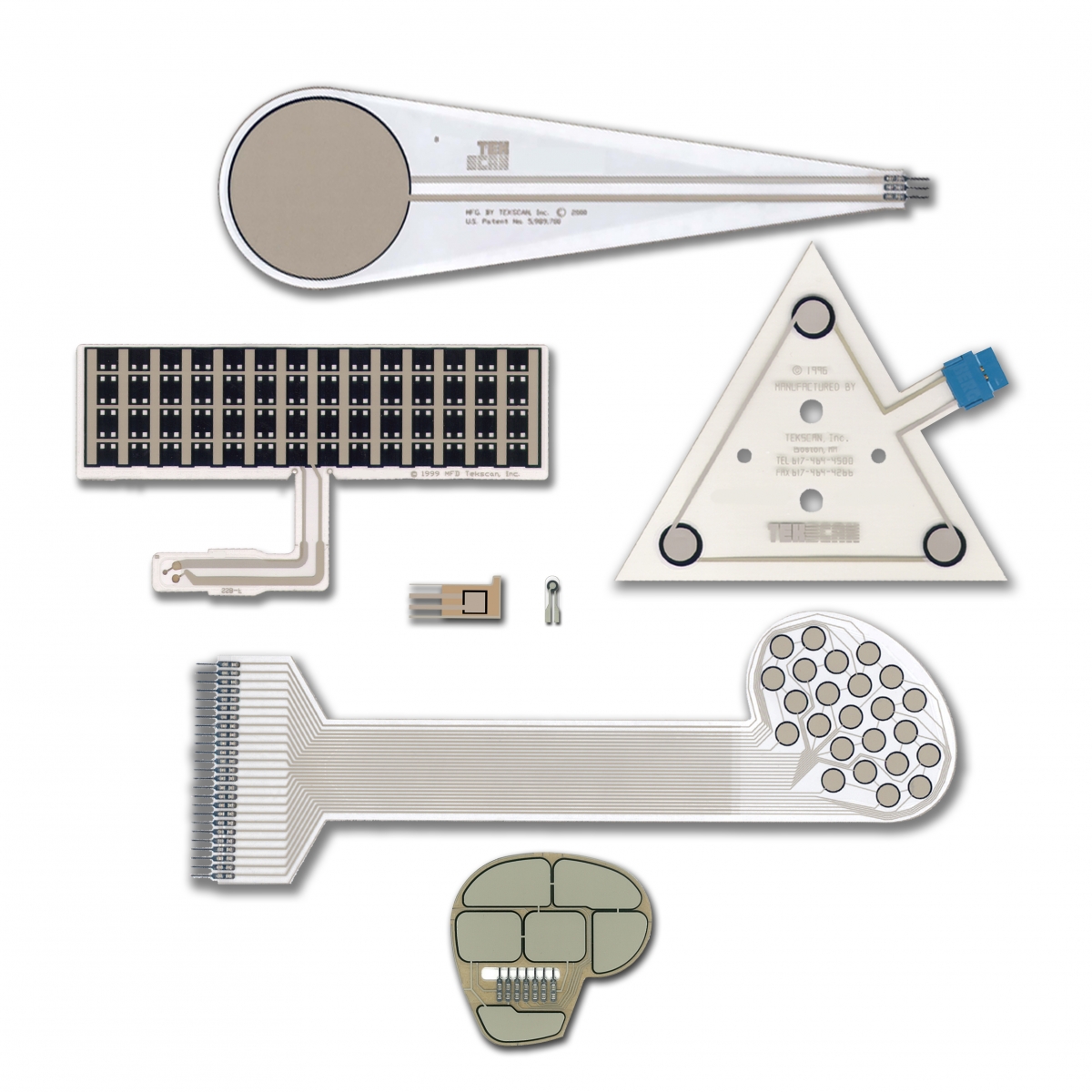 So, you’ve been introduced to the FlexiForce™ Standard Sensor Starting Lineup, but there may not necessarily be the exact sensor for your OEM project? Or, perhaps you’ve gone through a prototyping stage where you had to modify or trim a FlexiForce sensor, and now need a high-volume modified sensor design produced? Well, you’re in luck.
So, you’ve been introduced to the FlexiForce™ Standard Sensor Starting Lineup, but there may not necessarily be the exact sensor for your OEM project? Or, perhaps you’ve gone through a prototyping stage where you had to modify or trim a FlexiForce sensor, and now need a high-volume modified sensor design produced? Well, you’re in luck.
Tekscan has worked with hundreds of design engineers in a wide range of industries to develop customized force sensing solutions to meet very specific needs. Here’s a glimpse into the sensor customization process.
The Path Begins With a Conversation
Tekscan’s team of sales engineers is your go-to resource to help turn force sensing concepts into solutions. Their experience and mastery of FlexiForce technology will be invaluable throughout the entire customization process.
The initial discussion between you and the sales engineer can be streamlined by having certain specific mechanical and electrical requirements in mind. This includes an idea of force measurement range, the size and amount of sensing areas, expectations for the typical operating environment, whether the sensor will need to be calibrated, and other details that your sales engineer will ask.
Partners can come to our TactileLab to explore rapid prototyping and engineering expertise in person.
Here is a layout of general FlexiForce sensor manufacturing capabilities:
- Sensing area size: FlexiForce sensors have been manufactured with active area diameters as small as 1.86 mm (0.04 in) and widths as large as 402.56 mm (15.85 in)
- Pressure range: Up to 10,000 psi or 1,700 bar
- Operating temperature: Sensor options available to withstand up to 200°C (400°F)
Examples of Custom Sensors
|
A customized 3-sensor arrangement was created for a control & diagnostic application designed by X-Rite. |
We can design holes in custom sensors for screw/clamp mounting as displayed above. Ask our team about other mounting options. |
|
This palpation assessment device contains multiple force sensing points. This enables the system to confirm correct placement of the fingers, as well as the level of force applied by the fingers. |
This sensor was shaped to fit in the palm of an exercise glove. |
Picking Your Priorities
Because there are typical initial design & tooling expenses with developing a custom sensor, it’s important to hone in your priorities to ensure an efficient and economical process. How soon do you need a prototype completed? Do you plan to produce the custom sensor in high volume? Having these needs in mind can help save you time and money in the long run. Our team of sales engineers will work with you to meet your goals within budget.
Test & Acceptance
After following this process, the final testing criteria should be reviewed with Tekscan personnel to ensure a robust final sensor design. This step will also help confirm that all production expectations are clear from a timing and volume perspective. Tekscan will maintain clear communication on the status of your sensor development and delivery.
Ready to Take the First Step on a New Custom Sensor Journey? Contact Us Today.

